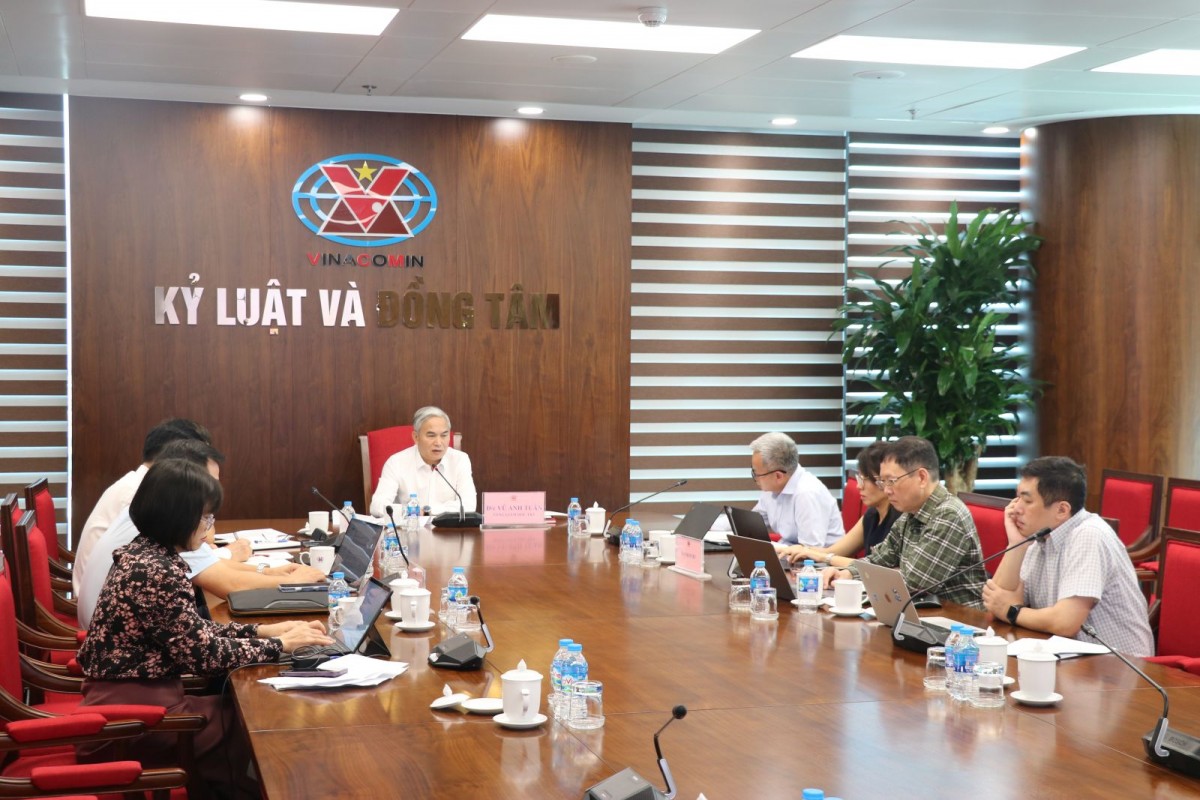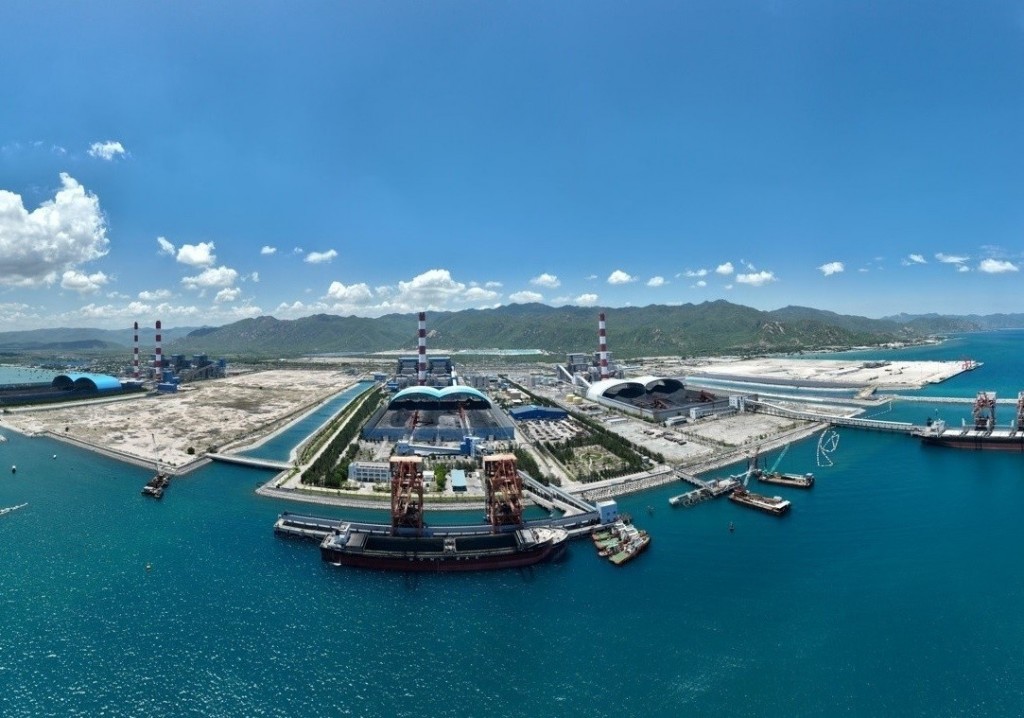TKV balances coal imports and ensures a stable supply for EVN during 2026–2030
13:08 | 18/10/2025
 |
| TKV General Director holds an Online meeting with the Coal Trading Division on coal imports and preparations for long-term coal supply contracts with EVN (2026–2030). |
During the meeting, the Coal Trading Division reported on coal imports serving power generation in 2025, import plans for the following years, projected volumes, import prices, supply sources, and transportation plans. The division also presented its roadmap for negotiating and signing long-term coal supply contracts with EVN for 2026–2030, aiming to ensure a stable and sustainable coal supply for EVN’s thermal power plants (TPPs).
In his remarks, General Director Vu Anh Tuan emphasized the importance of proactively securing coal sources amid ongoing fluctuations in the global energy market. He requested the Coal Trading Division to closely coordinate with TKV’s subsidiaries, international partners, and EVN to finalize the plans, contents, and terms of the long-term contracts, ensuring economic efficiency, supply stability, and mutual benefits for all parties involved.
The meeting also reached an agreement on several key directions for managing coal consumption in the fourth quarter of 2025, while developing import and supply plans for the 2026–2030 period.
In the first nine months of 2025, TKV supplied approximately 28.877 million tonnes of coal to EVN’s TPPs, fully meeting fuel demand for power generation, particularly during the peak dry season. As a result, most power plants maintained safe coal inventory levels, contributing to the stability of the national power system.
At the same time, TKV is implementing a range of measures to improve the quality of coal supplied to thermal power plants, ensuring adequate supply according to each plant’s demand, applying advanced blending technologies for greater uniformity, strictly controlling quality at all blending and loading stages, and maximizing the production of high-quality coal suited to EVN’s operational requirements./.










